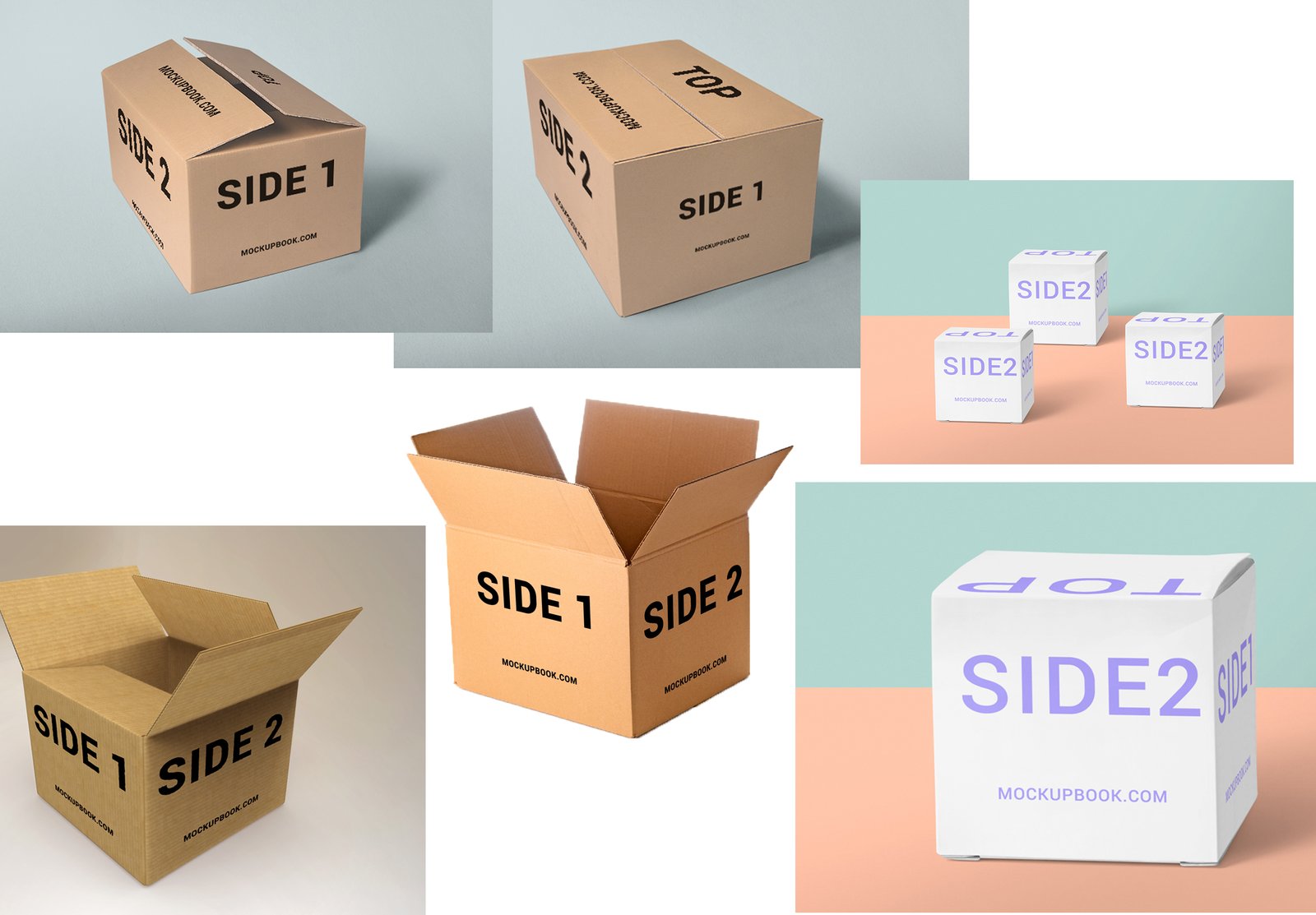Sunlife Life Insurance & Financial is a well-known insurance company that offers a variety of insurance products and services, including life insurance. As an international financial services organization, Sun Life provides life insurance coverage to individuals and families in several countries.
Sun Life’s life insurance policies typically provide financial protection to beneficiaries in the event of the insured person’s death. The policyholder pays regular premiums to Sun Life, and in exchange, the company pays a death benefit to the designated beneficiaries upon the insured’s passing. This benefit can help cover expenses such as funeral costs, mortgage payments, outstanding debts, or provide financial support to loved ones.
Sun Life offers different types of life insurance policies, including term life insurance and permanent life insurance:
- Term Life Insurance: This type of policy provides coverage for a specific term or period, such as 10, 20, or 30 years. It offers a death benefit if the insured person passes away during the term of the policy. Term life insurance is typically more affordable than permanent life insurance and is often chosen to provide coverage during specific periods of financial vulnerability, such as when raising children or paying off a mortgage.
- Permanent Life Insurance: This type of policy provides lifelong coverage as long as the premiums are paid. Permanent life insurance also includes a savings component, known as cash value, which grows over time. This cash value can be accessed or borrowed against during the insured person’s lifetime, offering potential financial flexibility. Permanent life insurance comes in different variations, including whole life insurance, universal life insurance, and variable life insurance, each with its own features and benefits.
differentce between term life insurance and permanent life insurance
Term Life Insurance and Permanent Life Insurance are two main categories of life insurance that differ in various aspects, including coverage duration, premium structure, cash value accumulation, and policy flexibility. Here’s a breakdown of the key differences between the two:
Term Life Insurance:
- Coverage Duration: Term life insurance provides coverage for a specific term or period, such as 10, 20, or 30 years. If the insured person passes away during the term, the death benefit is paid to the beneficiaries. However, if the term expires and the insured is still alive, the coverage ends, and there is no payout unless the policy is renewed or converted to a permanent policy.
- Premiums: Term life insurance premiums are typically lower than permanent life insurance premiums, especially for younger and healthier individuals. Premiums are generally level for the duration of the term but may increase upon renewal.
- No Cash Value: Term life insurance policies do not accumulate cash value. They are purely focused on providing a death benefit in case of the insured’s death during the term.
- Flexibility: Term life insurance offers more flexibility as it allows policyholders to choose the coverage duration that aligns with their specific needs. It is often chosen to provide coverage during periods of financial vulnerability, such as raising children or paying off a mortgage.
- Convertibility: Many term life insurance policies offer the option to convert to a permanent life insurance policy within a specified time frame without the need for a medical exam. This allows individuals to extend their coverage beyond the term if desired.
Permanent Life Insurance:
- Lifetime Coverage: Permanent life insurance provides coverage for the entire lifetime of the insured, as long as premiums are paid. It does not have a specific term or expiration date.
- Premiums: Permanent life insurance premiums are generally higher than term life insurance premiums, reflecting the lifetime coverage and the cash value component.
- Cash Value Accumulation: One of the key features of permanent life insurance is the accumulation of cash value over time. A portion of the premium payments goes into a cash value account, which grows on a tax-deferred basis. This cash value can be accessed or borrowed against during the insured person’s lifetime.
- Investment Component: Permanent life insurance policies often offer investment options within the policy, allowing policyholders to allocate a portion of the premiums to various investment vehicles, such as stocks, bonds, or mutual funds. The performance of these investments can affect the cash value growth.
- Policy Options: Permanent life insurance comes in different variations, including whole life insurance, universal life insurance, and variable life insurance. Each type has its own features and benefits, such as fixed premiums, flexible premiums, or investment-linked returns.
When deciding between term life insurance and permanent life insurance, individuals should consider their financial goals, budget, and coverage needs. Term life insurance may be suitable for those seeking temporary coverage at an affordable cost, while permanent life insurance offers lifelong coverage, cash value accumulation, and potential investment opportunities. It’s advisable to consult with a financial advisor or insurance professional to assess the best option for your specific circumstances.
When considering life insurance, it’s important to assess your financial needs, goals, and budget. You may want to consult with a financial advisor or insurance agent to determine the most suitable type and amount of coverage for your specific situation.
what are the main competitors
Sunlife Life Insurance & Financials operates in a competitive market, and there are several other insurance companies that offer life insurance products and services. Some of the main competitors of Sun Life Financial in the life insurance industry include:
- Manulife Financial Corporation: Manulife is a leading international financial services group based in Canada. They offer a wide range of insurance products, including life insurance, investment products, retirement solutions, and wealth management services.
- Great-West Lifeco Inc.: Great-West Lifeco is a prominent Canadian insurance company that provides life insurance, health insurance, retirement and investment solutions, and reinsurance services. They operate through various subsidiaries, including Canada Life, Empower Retirement, and Putnam Investments.
- Prudential Financial, Inc.: Prudential Financial is a well-established financial services company based in the United States. They offer a range of insurance and investment products, including life insurance, annuities, retirement plans, and asset management services.
- MetLife, Inc.: MetLife is a global insurance and financial services company headquartered in the United States. They offer life insurance, annuities, employee benefits, and asset management solutions to individuals and institutions worldwide.
- New York Life Insurance Company: New York Life is one of the largest mutual life insurance companies in the United States. They provide life insurance, retirement planning, and investment products and services.
- AXA S.A.: AXA is a multinational insurance and financial services company based in France. They offer life insurance, health insurance, investment products, and asset management services to individuals and businesses globally.
It’s worth noting that the competitive landscape in the insurance industry can vary by region, and there may be other local or regional competitors in specific markets. Additionally, the insurance industry is diverse, with numerous companies catering to different segments and niches within the market.
why sunlife life insurance is better than others
Here are some factors that individuals may consider when evaluating the suitability of Sun Life Financial’s life insurance compared to other companies. Ultimately, the “better” choice will depend on your specific needs and preferences. Here are a few aspects to consider:
- Reputation and Financial Strength: Sun Life Financial is a well-established company with a long history in the insurance industry. It has a strong reputation and is recognized as one of the leading insurance providers globally. It’s important to assess the financial strength and stability of any insurance company you’re considering to ensure they can fulfill their financial obligations, such as paying out claims.
- Product Offerings: Sunlife Life insurance offers a range of life insurance products, including term life insurance and permanent life insurance options. It’s essential to evaluate the specific features, benefits, and customization options of their policies to determine if they align with your needs and financial goals.
- Customer Service and Support: Consider the level of customer service and support provided by Sun Life Financial. This includes factors such as accessibility to agents or advisors, quality of customer service, and ease of managing your policy online or through other channels.
- Pricing and Affordability: The cost of life insurance premiums can vary depending on several factors, including your age, health, coverage amount, and policy type. It’s advisable to compare the pricing and affordability of Sun Life’s offerings with those of other insurance companies to ensure you’re getting competitive rates for the coverage you need.
- Additional Benefits and Riders: Sunlife Life insurance & Financial may offer various optional benefits and riders that can enhance your life insurance coverage. These may include features like accelerated death benefit riders, disability income riders, or critical illness riders. Evaluate the availability and suitability of these additional benefits based on your specific needs.
When selecting a life insurance provider, it’s crucial to conduct thorough research, compare multiple companies, and assess their offerings in relation to your individual circumstances. Consider reaching out to insurance professionals or financial advisors who can provide personalized guidance based on your unique needs and goals.
who can apply for Sunlife life insurance
Sun Life Financial offers life insurance to a broad range of individuals, subject to certain eligibility criteria. The specific eligibility requirements may vary depending on the country or region where you are applying for coverage. Generally, the following individuals can apply for SunLife life insurance:
- Adults: Typically, individuals who have reached the age of majority in their respective jurisdictions, which is usually 18 or 21 years old, can apply for life insurance coverage. Some policies may have a maximum age limit for application.
- Parents and Guardians: Parents or legal guardians can apply for life insurance coverage on behalf of their minor children. These policies often provide financial protection for the child and may include options for future policy ownership transfer.
- Individuals in Good Health: Life insurance companies, including Sun Life, typically assess applicants’ health conditions during the underwriting process. While specific health requirements may vary, generally, individuals in good health are more likely to receive preferred rates and higher coverage amounts. Applicants may need to disclose their medical history, undergo medical examinations, or provide medical records as part of the underwriting process.
- Non-Smokers and Smokers: Life insurance companies differentiate between non-smokers and smokers due to the associated health risks. Non-smokers often receive more favorable premium rates compared to smokers, as smoking is considered a risk factor for various health conditions.
- Citizenship and Residency: Sun Life’s life insurance policies may be available to citizens and residents of the countries where Sun Life operates. However, availability and specific terms may vary by country, so it’s important to check the eligibility criteria applicable to your location.
It’s important to note that meeting the initial eligibility requirements doesn’t guarantee automatic approval for life insurance coverage. The final decision on coverage and premium rates is typically based on factors such as underwriting assessment, the applicant’s medical history, lifestyle choices, and other relevant information.
To determine your eligibility and obtain accurate information about Sun Life’s life insurance products, it is recommended to visit Sun Life Financial’s official website or consult with their representatives or licensed insurance professionals in your region. They can provide specific details based on your individual circumstances.
best ways to get benefits from sunlife life insurance
To maximize the benefits from your Sun Life life insurance policy, here are some key steps you can take:
- Understand Your Policy: Familiarize yourself with the details of your life insurance policy, including the coverage amount, policy term, premium payments, and any additional benefits or riders included. Review the policy documents and consult with your insurance agent or Sun Life representative to ensure you have a clear understanding of how your policy works.
- Pay Premiums on Time: Ensure that you make your premium payments on time to keep your policy in force. Missing premium payments could result in the policy lapsing, which means you may lose the coverage and associated benefits. Set up reminders or automatic payments to stay on top of your premiums.
- Keep Your Beneficiary Designation Updated: Regularly review and update your beneficiary designation to ensure it reflects your current wishes. Life events such as marriage, divorce, the birth of a child, or the passing of a loved one may necessitate updating your beneficiary information. Keeping it current helps ensure that the intended beneficiaries receive the death benefit as you intended.
- Review and Adjust Coverage as Needed: Life insurance needs can change over time due to various factors like marriage, having children, buying a home, or starting a business. Regularly assess your coverage to ensure it aligns with your current financial obligations and goals. You may need to increase or decrease your coverage amount or explore additional policy options to meet your evolving needs.
- Explore Additional Policy Features and Riders: Sun Life life insurance policies may offer optional features or riders that can enhance your coverage. For example, accelerated death benefit riders may allow you to access a portion of the death benefit if you are diagnosed with a terminal illness. Critical illness riders or disability income riders can provide additional financial protection in case of serious illnesses or disabilities. Evaluate these options to determine if they are relevant and valuable to your specific situation.
- Regularly Review Your Financial Plan: Life insurance is just one component of a comprehensive financial plan. Regularly review your overall financial goals, investment strategies, retirement plans, and estate planning to ensure your life insurance policy aligns with your broader financial objectives.
- Seek Professional Guidance: If you have questions about your life insurance policy or need assistance in maximizing its benefits, consider consulting with a financial advisor or insurance professional. They can provide personalized advice based on your specific circumstances and help you make informed decisions.
Remember, the specific benefits and features of your Sun Life life insurance policy will depend on the type of policy you have and the options you selected. It’s important to refer to your policy documents or contact Sun Life directly for detailed information and guidance related to your specific policy.
consider this as an example
Certainly! Here’s a rough tabular form with approximate values for a 30-year term life insurance policy with a coverage amount of $100,000, based on the criteria you provided. Please note that these values are for illustrative purposes only and actual quotes may vary based on several factors. It’s recommended to contact insurance providers directly for accurate and personalized quotes.
| Insurance Company | Premium Range (per month) | Additional Benefits/Riders |
|---|---|---|
| Sunlife Life insurance | $15 – $30 | Accelerated Death Benefit, Critical Illness, etc. |
| Manulife Financial Corporation | $15 – $35 | Accelerated Death Benefit, Critical Illness, etc. |
| Great-West Lifeco Inc | $12 – $25 | Accelerated Death Benefit, Critical Illness, etc. |
| Prudential Financial Inc | $15 – $30 | Accelerated Death Benefit, Critical Illness, etc. |
| MetLife Inc | $15 – $35 | Accelerated Death Benefit, Critical Illness, etc. |
| New York Life Insurance Company | $15 – $30 | Accelerated Death Benefit, Critical Illness, etc. |
| AXA S.A | $15 – $35 | Accelerated Death Benefit, Critical Illness, etc. |
Please note that the premium ranges provided are approximate and can vary based on factors such as age, health, location, and underwriting assessment. Additionally, the availability of specific benefits and riders may vary between insurance companies. It’s essential to contact each insurer directly for personalized quotes and to confirm the details of their policies and offerings.
I can give you some general information about 30-year term life insurance policies for a coverage amount of $100,000 based on the criteria you provided.
Given that the person is between 30 and 40 years old, has excellent health with no medical history, illness, or disabilities, and is from the USA and employed, they are likely to be eligible for competitive rates on life insurance policies. Here are some factors to consider when looking for a policy:
- Obtain multiple quotes: Contact various insurance providers, including Sunlife Life insurance Financial, Manulife Financial Corporation, Great-West Lifeco Inc, Prudential Financial Inc, MetLife Inc, New York Life Insurance Company, and AXA S.A, to obtain personalized quotes based on your specific requirements.
- Term length: Select a 30-year term policy to align with your desired coverage duration.
- Coverage amount: Choose a coverage amount of $100,000, which fits your specified requirement.
- Health assessments: With excellent health and no medical history, you are likely to be eligible for preferred rates. Ensure that you disclose accurate health information during the underwriting process.
- Occupation: Your occupation may be taken into account during the underwriting process, but it is unlikely to significantly affect your eligibility for a policy or the premium rates.
- Research and compare: Review the features, benefits, and pricing of the policies offered by different insurers. Consider factors such as the financial strength and reputation of the company, customer service, and additional benefits or riders.
- Consultation: It is advisable to consult with insurance professionals or representatives from each company to obtain accurate and personalized information based on your specific needs.
Remember, the final premium amount will depend on several factors, including your age, gender, location, lifestyle, and underwriting assessment. It is best to reach out to insurance providers directly to get precise quotes tailored to your specific circumstances.








